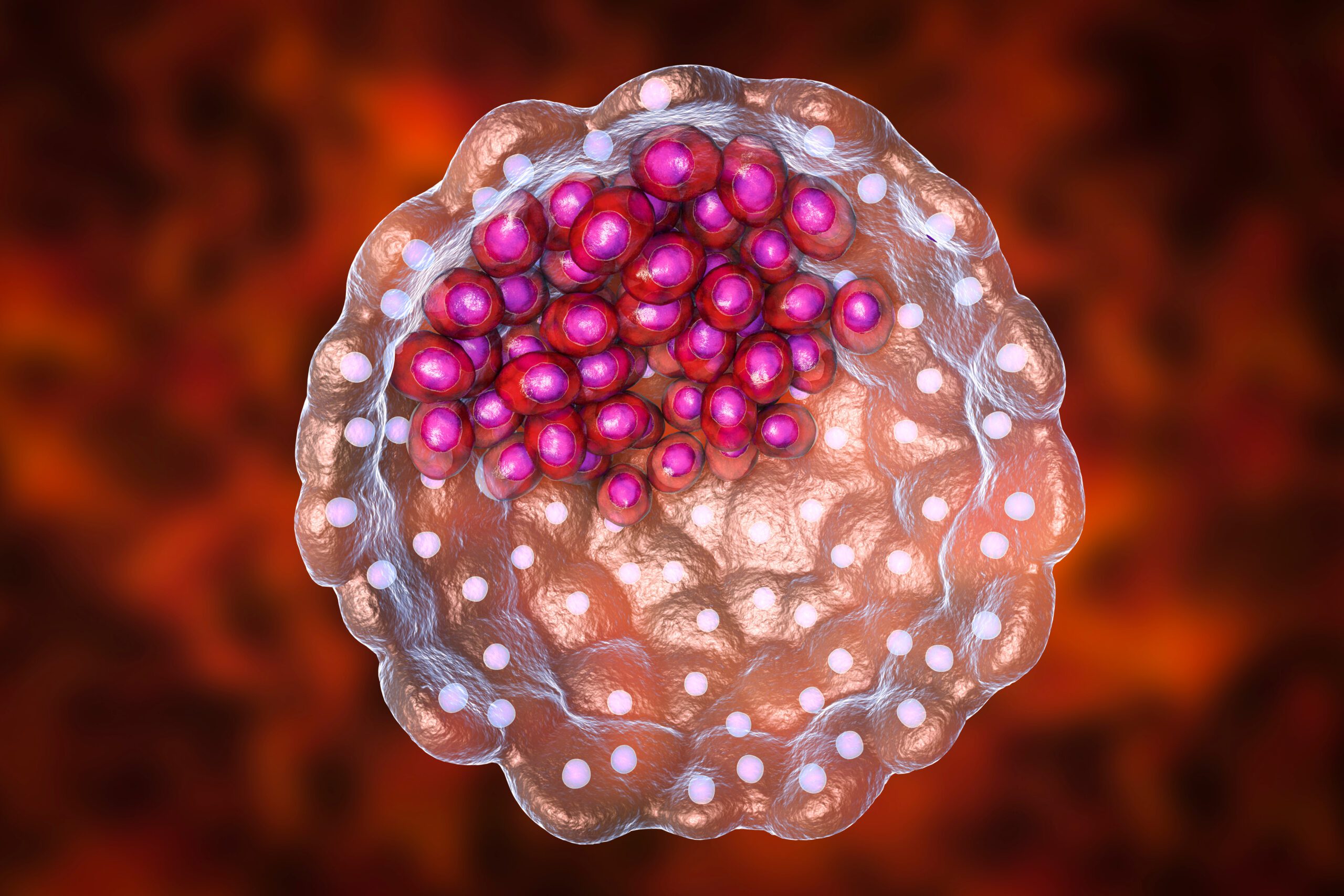
In the world of assisted reproduction, the term blastocyst holds tremendous importance, especially in the context of in vitro fertilization (IVF). As one of the advanced stages of embryo development, the blastocyst plays a pivotal role in the success of fertility treatments.
But what exactly is a blastocyst, and how does it impact IVF outcomes? In this comprehensive blog post, we’ll delve into the scientific and practical aspects of blastocysts, their development, implantation, and what to do if a blastocyst transfer doesn’t lead to pregnancy. We’ll also explore the benefits of techniques like frozen blastocyst transfer and address common concerns, such as when to do a pregnancy test after blastocyst transfer. Let’s dive in.
A blastocyst is an advanced stage of an embryo that forms five to six days after fertilization. This is a crucial phase in embryonic development because the blastocyst is biologically prepared to implant into the uterine lining and establish a pregnancy.
Structurally, the blastocyst consists of two key components:
So, what is a blastocyst in the context of IVF? In modern IVF practices, embryos are commonly cultured in a lab for five to six days to reach the blastocyst stage before being transferred into the uterus. This technique increases the chances of a successful pregnancy since embryos at this stage are more developed and capable of implantation.
The development of a blastocyst is a complex but fascinating process. Here’s a breakdown of the stages an embryo goes through before it reaches the blastocyst stage:
Embryo Grading: How Blastocysts are Assessed
Not all blastocysts are created equal, and embryologists assess their quality using a grading system. This system evaluates the expansion of the blastocyst, the inner cell mass (ICM), and the quality of the trophoblast cells. Examples of embryo grades include:
Higher-quality blastocysts are more likely to implant successfully during an IVF cycle.
In blastocyst IVF, embryos are cultured in the laboratory until they reach the blastocyst stage, typically on day five or six after fertilization. Culturing embryos to this stage allows embryologists to select the most viable embryos for transfer, increasing the chances of implantation and pregnancy. The advanced techniques employed in IVF, such as embryo grading, help identify high-potential embryos, including 5BC blastocyst and 5 day blastocystWhy Are Blastocysts Used in IVF?
Culturing embryos to the blastocyst stage allows fertility specialists to better assess their potential for successful implantation. Studies show that transferring blastocysts rather than earlier-stage embryos leads to higher pregnancy rates. For example:
A frozen blastocyst transfer (FET) involves freezing and storing blastocysts for transfer at a later time. Freezing embryos has become a popular option in IVF as it offers flexibility, reduces physical stress on the patient, and often leads to better implantation rates.
Frozen transfers can be part of a strategy where embryos are preserved until the uterine environment is optimal for implantation.
The timeline for a 5 day blastocyst frozen embryo transfer typically follows these steps:
There are several advantages to opting for a frozen transfer:
One of the most common questions among IVF patients is when to do a pregnancy test after blastocyst transfer. Typically, it’s recommended to wait 9-14 days after the transfer for an accurate result. A blood test to measure hCG levels is more reliable than a home pregnancy test during this period.
Many patients wonder about 5 day blastocyst transfer symptoms. After the transfer, you may experience:
Remember, the absence of symptoms doesn’t necessarily indicate a failed transfer, as each person’s body reacts differently.
The 5 day blastocyst transfer success rates tend to be higher compared to earlier-stage embryo transfers. This is due to the more advanced development of the embryo and better synchronization with the uterine environment.
Blastocyst implantation is the critical step where the blastocyst attaches itself to the uterine lining. The success of implantation depends on several factors:
The process of blastocyst to implantation marks the beginning of pregnancy and typically occurs within 1-3 days after the transfer.
Unfortunately, not all blastocysts lead to successful pregnancies. So, what happens to a blastocyst if it doesn’t implant? In such cases, the embryo is naturally absorbed by the body or expelled during the next menstrual cycle.
Several factors can influence the chances of a successful implantation:
If a blastocyst doesn’t implant, there are steps you can take:
Your fertility specialist will work with you to develop a personalized plan for your next steps.
The blastocyst represents a critical milestone in embryonic development, particularly in IVF treatments. Culturing embryos to the blastocyst stage allows fertility specialists to select the healthiest and most viable embryos, maximizing the chances of successful implantation and pregnancy.
Techniques like frozen blastocyst transfer provide flexibility and convenience while often yielding higher success rates compared to fresh transfers. Whether you’re navigating the symptoms after a 5 day blastocyst transfer or planning your next steps after a failed implantation, understanding the process empowers you to make informed decisions.
Partnering with reputable clinics like Cyprus IVF Clinic, which offers advanced technologies and personalized care, can make a significant difference in your journey to parenthood. With the right support and knowledge, every step brings you closer to the dream of starting or expanding your family.